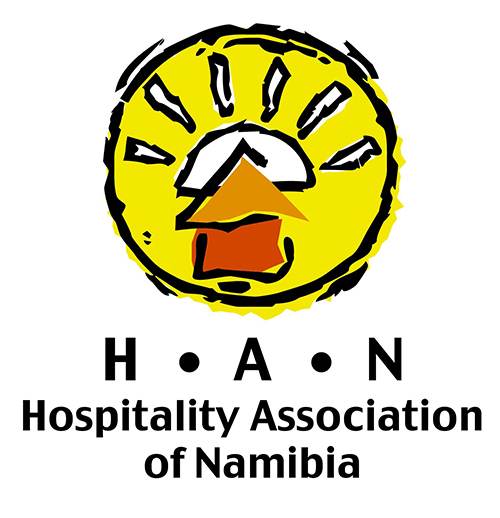The Owambo - people of the North
The people referred to collectively as the Aawambo live in central northern Namibia and southern Angola. In about 1550, migrations of these people, who have a common origin and culture, moved southwards from the Great Lakes in East Africa and settled between the Kunene and Okavango rivers. Today four of these groups live in the Cunene Province in southern Angola and eight in northern Namibia, the latter representing just over half of Namibia’s population.
The Kwanyama constitute the largest of the eight Owambo tribes. The others are the Ndonga, Kwambi, Ngandyela, Kwaluudhi and Mbalanhu, and the smaller the Nkolonkadhi and Unda. The Owambo languages are Bantu in origin. They are closely related to one another and are commonly understood by Oshiwambo speakers. The Kwanyama and Ndonga languages have been developed into written languages.
Traditionally called Ovamboland and today loosely referred to as Owambo, the highly populated northern region of Namibia was divided into the Omusati, Oshana, Ohangwena and Oshikoto regions following independence in 1990. According to the 2011 population census, the Ohangwena Region has the second-largest population in the country, and Omusati Region the third largest. While the majority of Namibia’s Owambo live in these four so-called O regions, many have migrated southwards to other parts of the country.
